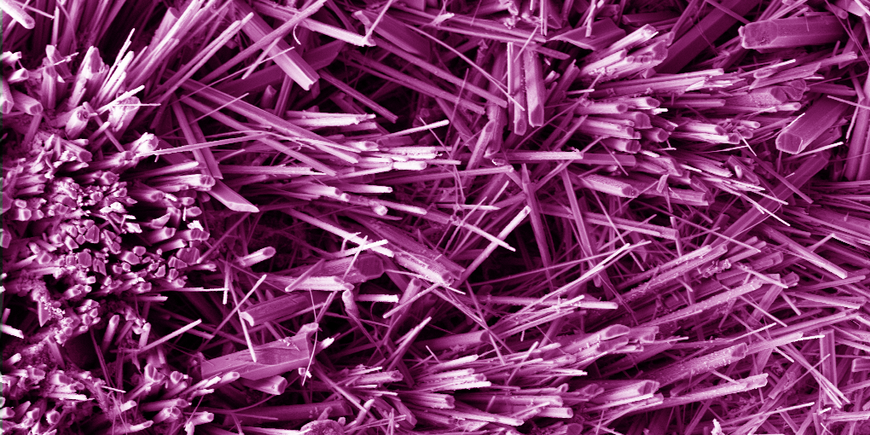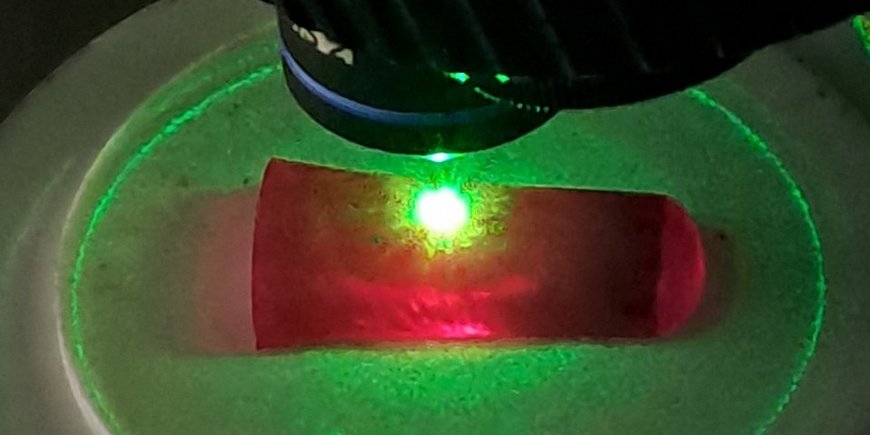We investigate the chemical and physical properties of minerals and, by extension, the rocks that they make up. These investigations include detailed analyses of phase transformations and the reactions between different minerals. On a larger scale these investigations expand to include geochemical cycles and the significance of fluids and melts in the Earth’s crust, mantle, and subduction zones. For this purpose, we apply a variety of instruments with which we can study the behavior of minerals, rocks, fluids, and melts over a large range of temperatures and pressures ranging from the near upper crust to the lower mantle. These include special analytical instruments with which we can characterize geomaterials in great detail on scales ranging from millimeters down to Angstroms.
The research interests of our group cover a broad spectrum of the geochemistry and physics of minerals. The results from this research are closely integrated with the work of other groups at the GFZ, whom are focused on a wide variety of different research objectives in geophysics and geochemistry. Research within our group starts at the atomic and molecular level in the form of computer modeling. Modeling is coupled with the investigation of mineral lattice dynamics in minerals over a broad P-T range utilizing a variety of high precision instruments. This research continues in the form of mineral characterization and mineral phase equilibria. This includes characterization of mineral phases via TEM, XRD, Raman, IR, EMP, LA-ICPMS, and SIMS; element exchange between minerals and fluids or melts as a function of P-T; calorimetric studies of mineral phases, both as individual end member phases as well as solid solutions along a join; experimental studies of mineral-mineral interfaces and mineral grain boundaries in a rock matrix; the effects of fluid-aided coupled dissolution-reprecipitation on mineral chemistry and the growth of mineral inclusions or their alteration; mineral phase equilibria as a function of P-T-X; and the role of mineral phases as the storehouse and/or recorders of volatiles in the crust, mantle, and during subduction of oceanic crust and sediments into the mantle. Lastly, we take the results of these investigations and apply them to nature in the form of field studies of rock traverses or terranes where fluids and/or melts have played a role with regard to mass transfer and specific element migration. This can include the formation, destruction, and/or re-equilibration of mineral phases as a function of P-T-X as well as the effect of fluids and melts on the geophysical properties of mantle and crustal rocks overall.







